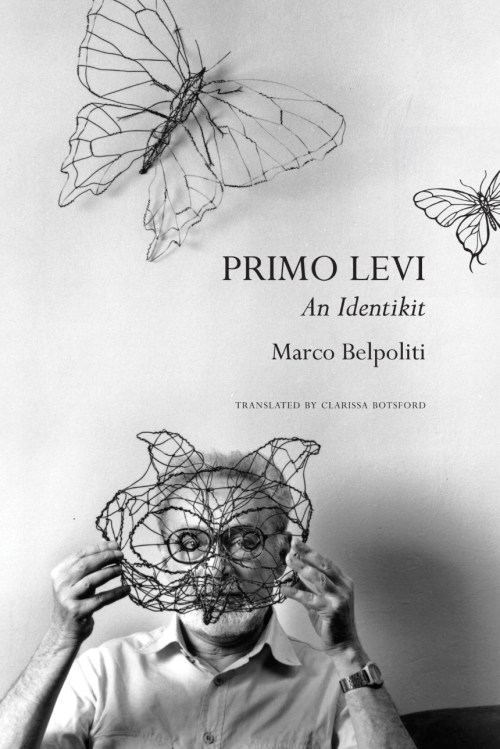[ad_1]
In Primo Levi: An Identikit, the Italian critic Marco Belpoliti pieces together Primo Levi’s life as a writer, Jewish citizen of Italy, public intellectual, and survivor of Auschwitz. Like an identikit, or composite sketch, the book presents a mosaic image of the author composed of stories of different parts of his life and work. The picture of Levi that emerges will draw in readers very familiar with Levi’s life and writing, but may not connect with other readers, including American readers like me who did not, in contrast to many European readers, grow up knowing of Levi as a major public intellectual.
Although Belpoliti does not present a straightforward story of Levi’s life, readers can reconstruct a narrative connecting Levi’s childhood in Turin, training as a chemist, captivity in Auschwitz, liberation, writing, and suicide in 1987. Readers can also learn from Belpoliti’s discussions of Levi’s important ideas, such as his idea of the “grey zone” into which the powerful try to draw the powerless to participate in their own domination. In terms of the facts, stories, and ideas it presents, Primo Levi: An Identikit offers a wealth of material about a key figure of the twentieth century.
Belpoliti’s perceptiveness and verve as a writer—qualities he shares with Clarissa Botsford, who translated the book—are apparent in passages such as the following, where he describes a photograph of a one-year-old Levi:
He looks uncertain. It’s hard to see his character in this shot. There is, however, already a hint of that perplexed amazement, that kind of curiosity and detachment, often bordering on remoteness, visible in other photographs from his youth.
In this sketch of Levi as a child, Belpoliti deftly foreshadows themes of attention, connection, and disconnection that characterize Levi’s life as an adult.
By presenting Levi’s life in mosaic, not narrative form, Belpoliti makes it difficult at times to see how certain episodes matter in the full story of Levi’s life. For example, Belpoliti presents many stories of the editing, publishing, and republishing of Levi’s work. Sometimes, these stories are illuminating, as in Belpoliti’s discussion of the hesitancy of some presses in post-war Italy to publish work about recent traumas. In other places in the book, however, these stories fail to move the story forward, as in Belpoliti’s many comments about the very small differences among drafts of Levi’s texts. Such small differences are likely of great interest to experts on Levi’s work, but I found my (decent) knowledge of Levi of little help in determining the importance of many of the details Belpoliti presents.
Reading and not fully connecting with Primo Levi: An Identikit, I wondered if I might have had an easier time with the book if I were European, not American. Like many Americans, my reading in secondary school included Anne Frank’s diary and Elie Wiesel’s Night, not Levi’s If This Is a Man or The Drowned and the Saved. It was not until I was in college that I was introduced to Levi and began reading his work. In contrast, Belpoliti explains, generations of Europeans, and especially Italians, have grown up reading and learning about Levi in school. As a result, Levi is a much better-known figure in Europe, and especially in Italy, than he is in the USA. Therefore, European readers might have a stronger framework than I have for evaluating the details of Levi’s life.
Despite some of the challenges Belpoliti’s book presents—challenges that may be particularly acute for American readers like me—readers interested in Levi should still spend some time with Primo Levi: An Identikit. Belpoliti knows Levi’s life well and offers compelling insights into the life and work of a key figure of our recent past.


NONFICTION
Primo Levi: An Identikit
By Marco Belpoliti, Translation Clarissa Botsford
Seagull Books
Published January 2022
[ad_2]
Source link

